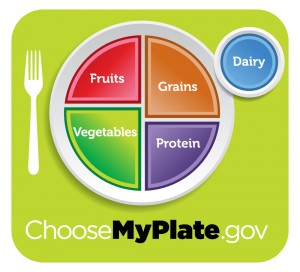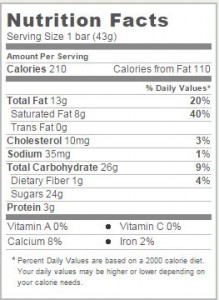When It Comes to Eating, What is Moderation?
In trying not to be the food police, healthcare professionals try to assure Americans that, unless their doctor has told them to avoid certain foods, all foods are legal. But with that permission comes a caveat…you can’t pig-out just because you’re allowed to eat everything. Even too many carrots can turn your skin a bilious yellow. Just because research has found that dark chocolate is good for you, no one is saying eat tons of it. Instead you’ll be told to “eat in moderation”.
That sounds lovely but what the heck does it mean to “eat in moderation”? Your sense of moderation may not measure up to the same amount of what I consider a moderate amount. When we look up the word in the dictionary, it says:
mod·er·a·tion
1. the quality of being moderate; restraint; avoidance of
extremes or excesses; temperance.
Don’t you just love it when the dictionary uses the same word in the definition as you’re looking up? Okay, so what does it mean to be moderate?
mod·er·ate
1. kept or keeping within reasonable or proper limits; not extreme,
excessive, or intense: a moderate price.
So, when I eat something in moderation, I should be eating within “reasonable or proper limits”. I’m stuck asking “what’s reasonable or proper limits”? The only piece of solid data we have for what is considered “reasonable or proper limits” is what the government has deemed as a serving size. To see what that is for various foods, go to www.choosemyplate.gov .
Of course, you’re not probably going to memorize the different serving sizes for the many foods listed, but you could start reading food labels where the information is readily available. Right at the top of the Nutrition Facts label it tells you how much is in a serving. Here for a Hershey’s Chocolate Bar it says one serving the whole bar or 43g (1.55 ounces).
Frankly, I would say that 100 calories is a reasonable amount of chocolate, not the whole bar or over 200 calories worth. That 100-calorie level is considered by many as the benchmark for what would be a moderate amount. That’s why so many food companies are packaging snacks and candy in 100-calorie packages.
So, how would you decide how much you should be eating of a food that is considered high in calories, fat and/or sugar? How do you decide how much would be considered eating something in moderation? I’d love to hear your ideas.
Visit www.spinarecipe.com to play the slot machine for tasty and healthy recipes.




Hello Roberta, That is a really good question! As one who has spent a fair amount of time struggling to answer both for myself and for my clients, the best approach I have found to moderation and the source I use for my nutrition consultation sessions is the one developed by Michelle May, M.D. in her first edition of Am I Hungry?. I also use the Duke University acronymic HALT.
Personally I do not like the
“Moderation” = not in excess. A difficult word to define because who is setting the amount that is considered excessive?
There are the proponents of eating according to your hunger level. If you ate just enough to become satisfied, would you be considered eating in moderation?
And then there are the food choices you make. You could eat until your hunger was just satisfied by choosing chocolate as the food of choice. You’d like to think that people have more common sense than believing that eating just indulgences to a just-satisfied state is right. But one mustn’t assume anything.
So we set out to teach people nutrition knowledge, believing that if armed with that knowledge, they’ll eat healthfully. It’s been proven that knowledge doesn’t necessarily change behavior.
Now we get to the heart of the matter